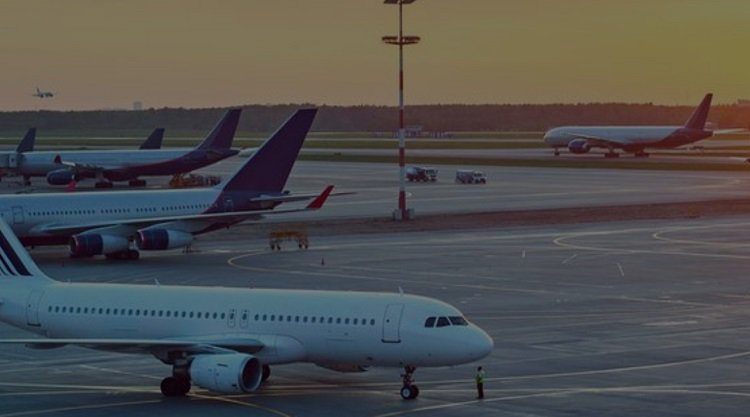
Honeywell aerospace safety technology will reduce costly and collisions
Honeywell has completed initial testing of its new safety technology that helps airlines and business jets avoid runway accidents and collisions. Developed under the Single European Sky Air Traffic Management Research program with program partners Airbus, Dassault and Eurocontrol, the software-based Surface Indications and Alert System (SURF IA) gives pilots visual and audio warnings about approaching hazards on the runway. In Europe, runway incursions, which can be costly and dangerous, occur at least twice daily.
 “There are no independent avionics systems on the market today that can help avoid runway accidents and collisions,” said Mike Stewart, vice president, Advanced Technologies, Honeywell Aerospace. “With solutions such as Honeywell’s SmartRunway, SmartLanding and now SURF IA, we are pioneering accident prevention through better pilot awareness, less latency in decision-making and quicker actions. SURF IA allows us to take our existing technology a step further by helping reduce the risk of an incident with other aircraft on the runway.”
“There are no independent avionics systems on the market today that can help avoid runway accidents and collisions,” said Mike Stewart, vice president, Advanced Technologies, Honeywell Aerospace. “With solutions such as Honeywell’s SmartRunway, SmartLanding and now SURF IA, we are pioneering accident prevention through better pilot awareness, less latency in decision-making and quicker actions. SURF IA allows us to take our existing technology a step further by helping reduce the risk of an incident with other aircraft on the runway.”
The technology is the latest among the safety-focused product breakthroughs and inventions that Honeywell has delivered to the aerospace industry, including SmartRunway and SmartLanding, the Enhanced Ground Proximity Warning System, and SmartTraffic Collision Avoidance System.
Traditionally, pilots have relied entirely on their line of sight and instructions from air traffic control to avoid collisions. The new Honeywell technology, through software-based data analysis and algorithms, provides early warning to aircrews, empowering pilots to make quicker decisions and avoid runway incursions. The system analyzes aircraft position data and calculates factors, such as time to collision, through specialized algorithms to alert pilots of surrounding aircraft. Honeywell’s system is designed to require minimal changes to existing avionics and uses Automatic Dependent Surveillance-Broadcast Out data, a globally mandated technology upgrade due by 2020, to make installation of the solution quick and simple.
After successful prototype testing aboard Honeywell’s test aircraft, Honeywell plans to begin full-scale production development. For more information about collision avoidance and safety technology, visit Honeywell’s terrain and traffic awareness page.